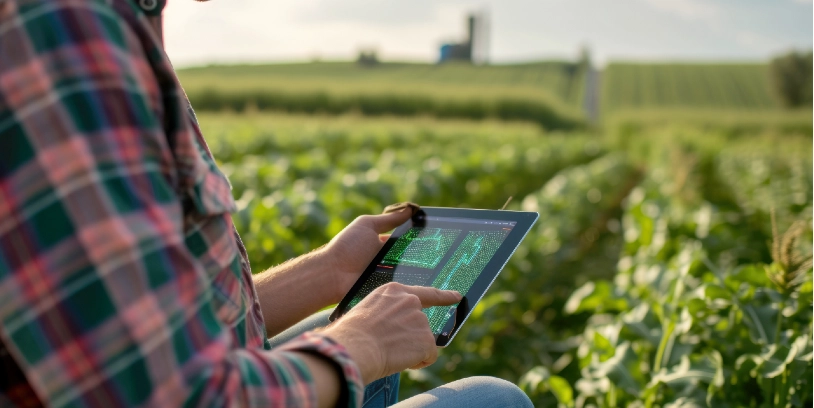Modern silage film allows farmers to store fodder in airtight bales that preserve nutrients and reduce waste. In agriculture, small improvements in materials can lead to gains in productivity and sustainability. The development of specialized films, wraps and containers has transformed how farmers harvest, store and transport crops.
Silage film, also known as stretch wrap, is a prime example. Made from linear low‑density polyethylene (LLDPE), this stretchy plastic is designed to wrap around bales of hay or chopped grass. As it stretches, it clings to itself, creating an airtight seal that promotes anaerobic fermentation. This process preserves the nutritional content of the fodder and prevents spoilage. Films are typically 25 micrometers thick and come in widths of 500 or 750 millimeters. The film is applied using a machine that turns the bale while layers overlap by 50 percent to ensure a secure seal.
The benefits of high-quality silage film are numerous. First, it provides strength and durability. Good film resists punctures and tears, protecting the bale from weather and pests. Second, it improves cost-effectiveness. By reducing spoilage, farmers waste less feed and save money on replacement fodder. Third, it offers protection from pests and damage. The film acts as a barrier to insects and rodents, and the tension created during wrapping deters birds from pecking at the bales. Fourth, it preserves nutrients through fermentation. The anaerobic environment encourages beneficial microbes while inhibiting spoilage organisms, resulting in higher-quality feed that can improve animal health and productivity.
Quality standards matter when selecting silage film. In Europe, for example, the German Agricultural Society (DLG) tests films for properties such as tear resistance, puncture strength and UV stability. Choosing film that meets or exceeds these standards ensures consistent performance. Suppliers should also offer product traceability, technical support and reliable delivery. When evaluating a manufacturer, farmers should consider factors such as quality assurance, innovation, customization options and environmental commitments.
Beyond silage film, innovations in farming materials include biodegradable mulches that suppress weeds and conserve soil moisture, greenhouse films that control light and temperature, and drip irrigation systems that reduce water usage. Advances in packaging materials have improved the shelf life of fresh produce, allowing farmers to reach distant markets without loss of quality. Containers made from recycled plastics or plant-based materials reduce waste and support circular economies.
In Thailand and across the region, adopting modern farming materials helps producers stay competitive and respond to changing environmental conditions. By investing in high-quality supplies, farmers reduce labor, protect crops and animals, and improve yields. As research and development continue to advance, the next generation of materials will offer even greater benefits, supporting a sustainable and efficient agricultural sector.

